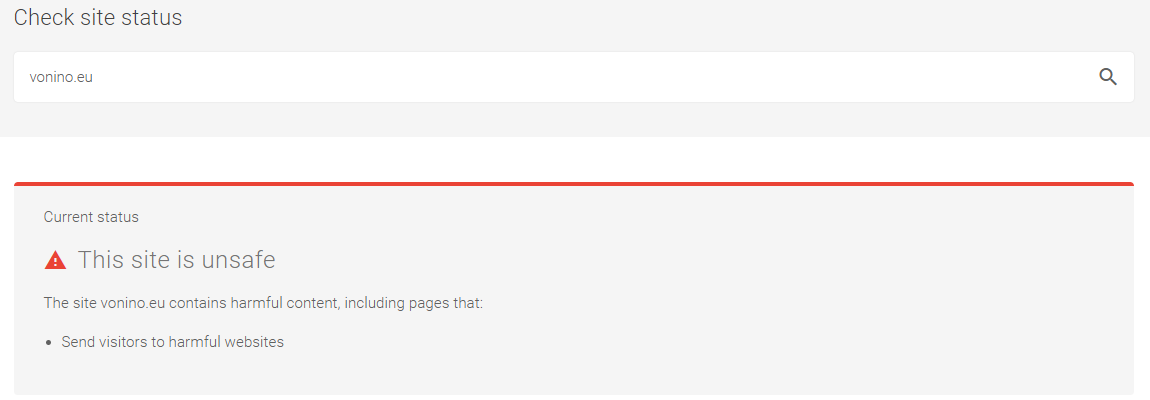Oftentimes, when it comes to how WordPress websites have been hacked, it is hard to say without doing a proper cleanup what was the original source of the hack. But in some cases it is easy to say what was likely the cause. Take this description of what happened with a recently hacked WordPress website:
Yesterday at 23:08 I received an email from my wordpress “Admin Email Changed”: “[…]The new admin email address is ad@example.com.[…]”
Right after that, a new user registered, cryptic username “wpnew_kmyjzvfyoflv” This username had admin role!
Today in the morning when I realized, I checked, in the settings was “Anyone can register” checked and standard userrole is Administrator.
What you have there is a hacker being able to change three WordPress settings. The admin email address for the website, whether anyone can register for an account, and the default user role for new accounts. How could they do that? Either they would need the ability to directly change the content of the database used for the website or they would need to be able to change arbitrary WordPress settings.
You can rule out the first as the likely cause, as a hacker could, among other things, create a new Administrator account without going through additional steps if they have direct access to the database.
That leaves the second option. The cause of that is almost certainly going to be what is usually referred to as an option update vulnerability. That is a type of vulnerability that hackers are guaranteed to try to exploit if they know about them.
In addition to cleaning up whatever the hacker does once they have changed the WordPress settings, you need to make sure the vulnerability has been fixed to address this. That might be as simple as updating a plugin, if it has had that type of vulnerability and it has been fixed. If you don’t know what the source is and you don’t have the capability to figure that out, then it is time to bring in someone who has the capability to both review the log files for the website and review the plugins being used on the website.

